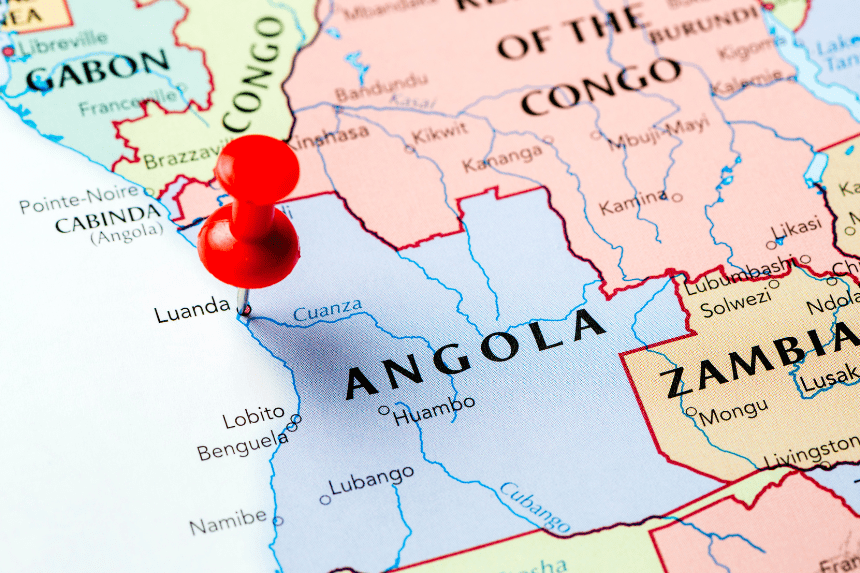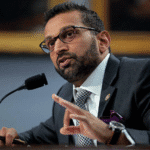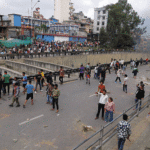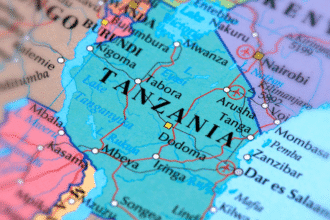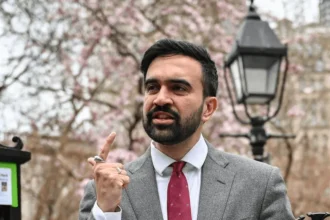The recent fuel protests in Angola have gotten a lot of attention across the world, not just because they were violent, but also because they show how the country is becoming more divided. The protests started in Luanda, the capital, when fuel prices suddenly rose. They swiftly expanded to neighboring provinces. At least 30 people died, hundreds were detained, and significant areas of the city came to a stop over the course of three days.
Angola has a lot of oil, but most of its people, especially young people, are poor. Many of the protesters were young and out of work. They were angry about the economy, inequality, and the government’s lack of action. The turmoil was made worse by burning tires, robbed stores, and violent fights with police. These protests were one of the biggest acts of civil disobedience in Angola since the end of the civil war in 2002, which is close to the country’s 50th anniversary of independence from Portugal.
What Made the Protests Turn Violent?
Taxi drivers went on strike peacefully at first, but things quickly got out of hand. People were already angry about not being able to find work, high inflation, and growing living costs, but the spike in petrol prices pushed them over the edge. Young people who lived in some of Luanda’s poorest communities and didn’t have access to basic services filled the streets. Many of the protesters said that they had no other choice because they were hungry and desperate.
The police used force to retaliate. Protesters set fire to trash and blocked highways, as police deployed tear gas and live bullets. Local sources say that many of those who took part have subsequently stopped speaking out because they are afraid of what the government may do. Still, some of them say that the protests were important to bring attention to years of mismanagement. Here is the link to our article on Protest Gains Momentum.
What does this mean for young Angolans?
Angola is one of the youngest countries in Africa because more than half of its people are under 16. But the number of unemployed young people is still very significant. According to official numbers, 54% of Angolans between the ages of 15 and 24 are out of work. Three million of the 18 million working-age youth hold jobs in the formal economy.
Street vendors, many of whom dropped out of school early, are now part of a rising group of young people who are having a hard time making ends meet. One seller stated he only sells when he has enough money to buy more stock. Some others say that whole months go by without any money coming in. Because of this lack of opportunity and growing despondency, young people have been the most active group in recent protests, such as the Angola fuel protests.
Is the government doing anything about the crisis?
President João Lourenço, who took office in 2017, promised to make changes that would cut down on corruption, make the economy more diverse, and create jobs. Critics, on the other hand, believe that development has been slow. The World Bank says that inflation is still high at over 18%, and more than a third of Angolans live on less than $2.15 a day.
President Lourenço spoke out against the protests in a national speech, saying that both national and foreign actors were to blame for the disturbance. He said that the protests caused damage, lost jobs, and problems with important services. The government has not admitted that economic hardship and inequality were factors in the uprising. Here is the link to our article on Protest Turns Deadly.
What do experts think are the main causes?
Angolan sociologists say that there are deep-seated structural problems. They say that even if the country is rich in oil, bad administration and a lack of investment in people’s development have left millions behind. Many villages still don’t have access to clean water, sanitation, and power, and public infrastructure is still not fully developed.
Economists also say that Angola’s economy has been getting better since 2022, but it hasn’t been growing fast enough to keep up with the rising population. Because of this, most people’s level of living has gone down. A lot of young people are unhappy, which is making them more politically conscious and causing civil upheaval.
Are there going to be more protests?
A lot of people think that the protests over petrol in Angola were only the start. Political experts say that there will be more turmoil unless big changes are implemented before the national elections in 2027. Young people are speaking out more and more, asking for more than simply jobs. They want representation, transparency, and fairness.
Student leaders and political science experts say that not listening to these calls might make things even less stable. They underline that the government needs to stop condemning and start talking about poverty, unemployment, and inequality directly.
Final Thoughts
The Angola fuel protests revealed the deep frustration of a generation in a resource-rich nation that feels abandoned. The problems that caused the turmoil are still not fixed, even though the streets are quieter now. Angola needs to listen to its young people and deal with the core reasons of inequality, not merely cover them up. As the nation readies itself to commemorate 50 years of independen


